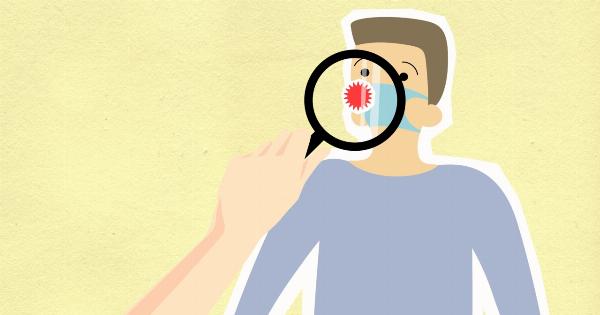In November 2018, a team of Chinese scientists created the world’s first genetically edited babies named Lulu and Nana, using the CRISPR/Cas9 gene editing tool.
These twins were born with an altered DNA sequence that will make them resistant to HIV, smallpox, and cholera. This breakthrough in genetic engineering stirred up controversy and ethical debates worldwide.
However, beyond the alarming headlines, the question remains: how exactly did researchers manage to modify the genetic makeup of these twins and what are the implications of this technology?.
What is CRISPR/Cas9 Gene Editing?
Crispr/Cas9 is a revolutionary genetic engineering tool that enables precise and efficient editing of DNA sequences in living organisms.
It is a naturally occurring system that bacteria use to defend themselves from viruses by recognizing and cutting their DNA. Researchers have developed a way to harness the Crispr/Cas9 system and use it for targeted gene editing.
The process involves designing a guide RNA that matches the sequence to be modified, which is then paired with Cas9, a type of enzyme that cuts the DNA strand. This creates a double-strand break that can either be repaired using cells’ natural DNA repair mechanisms or replaced by a new piece of DNA supplied by researchers called a donor template.
The Creation of Lulu and Nana
The Chinese team led by Dr. He Jiankui used Crispr/Cas9 to target a gene called CCR5, which encodes for a protein that HIV uses to enter human cells.
By disrupting this gene, the hope was that the babies would be both immune to the virus and its potential transmission from their HIV-positive father. The team also targeted a gene associated with the smallpox virus and one associated with cholera. Through in vitro fertilization, scientists injected the edited embryos into a woman’s uterus, resulting in the birth of healthy twins.
The Controversy Surrounding Lulu and Nana
The announcement of the genetically edited twins sparked an immediate backlash from the scientific community, as well as the general public.
Many experts and organizations voiced their concern over the ethical implications of creating genetically modified humans. The main worries include the uncontrolled spread of genetically modified traits, the potential for unintended consequences, and the fact that the technology is still in its early stages and not yet fully understood. Dr.
Jiankui faced significant criticism for his lack of transparency and failure to follow standard ethical procedures. He was later fired from his university, and the twins’ whereabouts remain unknown.
Future Implications of CRISPR/Cas9 Gene Editing
While the creation of Lulu and Nana has raised significant ethical questions, the technology’s potential implications for modern medicine cannot be ignored.
CRISPR/Cas9 gene editing represents a potential solution to a wide range of genetic disorders such as cystic fibrosis, Huntington’s disease, and sickle cell anemia. Additionally, the method could enable the creation of more resilient crops that require far fewer chemical pesticides, revolutionizing agriculture in an era of climate change.
However, the technology’s possible misuse in the wrong hands, political, and societal implications hold not so bright a future.
Conclusion
China’s creation of the world’s first gene-edited babies has created a global debate on the ethics of genetically modifying humans.
While the scientific community concurs that CRISPR/Cas9 technology to edit genes has a lot of ethical, medical, and agricultural advantages, the question remains on the extent of its potential misuse. The controversial experiment has led scientists, governments, and policymakers to consider new ethical and regulatory guidelines for future research into this technology.
As technology advances, it’s important to balance the potential benefits with the ethical and moral concerns surrounding gene editing, especially as it begins to affect human life and the concept of natural selection.































